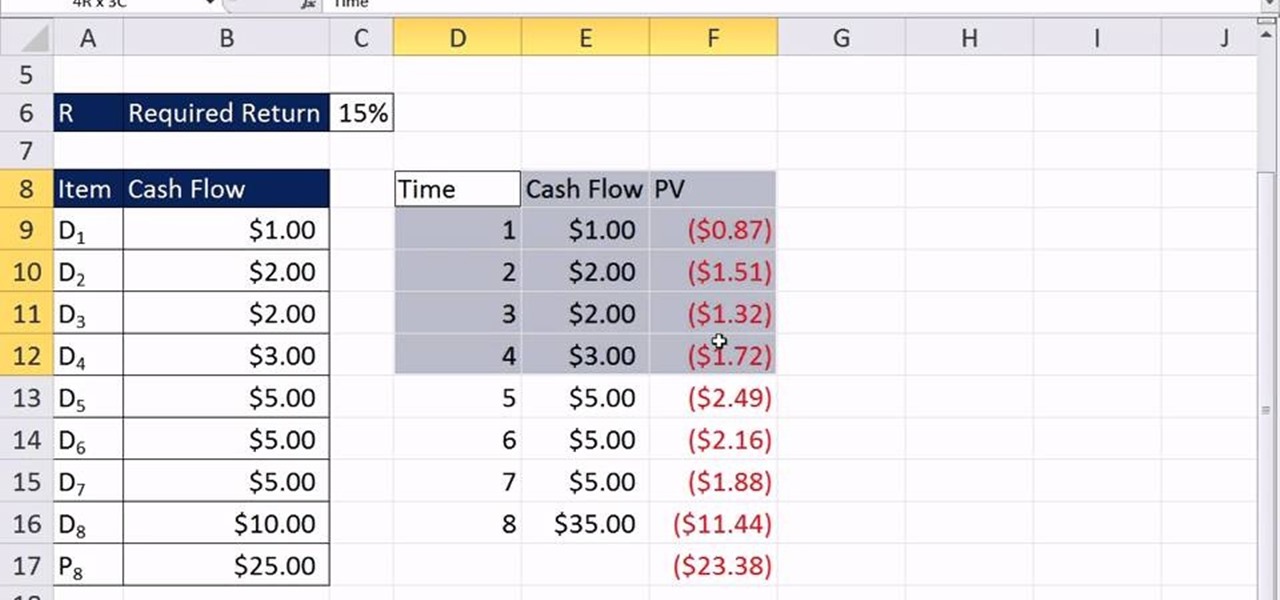Home>Finance>Time Charter Equivalent (TCE): Definition And How It’s Calculated


Finance
Time Charter Equivalent (TCE): Definition And How It’s Calculated
Published: February 8, 2024
Learn the definition and calculation of Time Charter Equivalent (TCE) in the finance industry. Understand how TCE impacts the shipping and maritime sectors.
(Many of the links in this article redirect to a specific reviewed product. Your purchase of these products through affiliate links helps to generate commission for LiveWell, at no extra cost. Learn more)
Time Charter Equivalent (TCE): Definition and How It’s Calculated
Welcome to our Finance category, where we dive deep into various topics in the world of finance. Today, we are going to talk about a crucial concept in the shipping industry called Time Charter Equivalent (TCE).
Have you ever wondered how shipping companies calculate their earnings? How do they determine the profitability of their vessels? Well, that’s where Time Charter Equivalent comes into play. In this blog post, we’ll explore the definition of TCE and uncover how it’s calculated. Let’s get started!
Key Takeaways:
- TCE is a financial metric used in the shipping industry to calculate the average daily revenue earned by a vessel.
- It takes into account various expenses such as voyage costs, commissions, and charter hire, giving a more accurate representation of a vessel’s earnings.
So, what exactly is Time Charter Equivalent? In simple terms, TCE is a measurement that helps shipping companies gauge the revenue earned by their vessels on a daily basis. It factors in the different costs associated with operating a vessel, giving a more comprehensive understanding of profitability.
Calculating the Time Charter Equivalent involves taking the total revenue generated from a charter (the money paid by the charterer to the shipowner) and deducting certain costs. These costs may include voyage expenses, such as bunker fuel costs, port charges, and canal tolls. Additionally, commissions paid to brokers and charter hire (the cost of hiring the vessel) are also subtracted.
To illustrate the calculation, let’s consider a hypothetical example. Imagine a shipping company has chartered a vessel for $10,000 per day. After accounting for voyage expenses amounting to $1,000, commissions of $500, and a charter hire of $1,500, the Time Charter Equivalent would be $6,000 per day.
The TCE calculation is crucial for shipping companies as it provides a clearer picture of their vessel’s profitability. It allows them to compare the performance of different vessels or assess the financial viability of chartering versus operating their own vessels. By identifying the TCE, shipping companies make informed decisions that can impact their bottom line.
In conclusion, Time Charter Equivalent (TCE) is a financial metric in the shipping industry that helps determine the average daily revenue earned by a vessel. By considering various costs, it provides a realistic view of a vessel’s profitability and enables shipping companies to make informed business decisions. Now that you understand TCE and how it’s calculated, dive into the fascinating world of shipping finance armed with this valuable knowledge!














